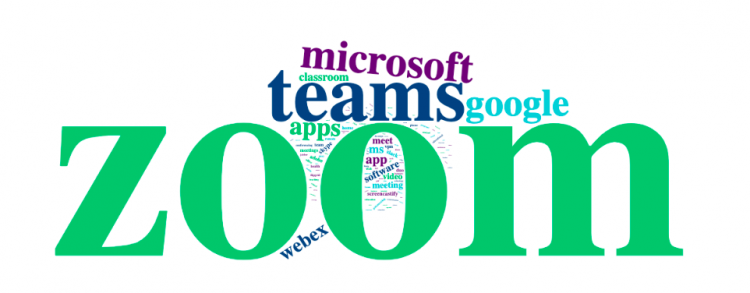Despite the increasing availability of technology designed to facilitate greater virtual collaboration, workers report weakened engagement, productivity, and social ties at their jobs as a result of the coronavirus pandemic, according to a new Wall Street Journal|SurveyMonkey poll.
More than twice as many workers say their connection with colleagues has declined as say it has improved since the start of the coronavirus (34% vs. 15%), while 45% say it has stayed the same. Workers’ engagement level at work (28% vs. 18%), relationships with customers (22% vs. 15%), and their productivity while working (25% vs. 20%) have all been skewed towards declining as a result of the pandemic.
About half of workers say their engagement levels, connection with colleagues, productivity, and relationships with customers have not really changed since the start of the coronavirus. Similarly, half of workers (50%) say they rely on technology about the same now as they did before the coronavirus outbreak began—though that is closely followed by the 43% who say they rely more on technology now than before.
Just under half of workers (46%) say they’ve been able to work from home as a result of the coronavirus outbreak. Those who have are more than twice as likely to say they’ve been relying on technology more (60% vs. 28%). Nearly a quarter (23%) of all workers say they’ve downloaded new apps or software tools to help them perform their job since the start of coronavirus, but that number rises to 38% among those who’ve been working from home. Zoom is the app mentioned most often, but Slack, Microsoft Teams, Google Classroom, Google Meet, Go To Meeting, and Webex are all mentioned frequently.

What are workers doing now that they weren’t doing before?
More than four in 10 say they’re spending more time on video calls, emails, and instant messaging since the start of the coronavirus outbreak. Those numbers are particularly high among those who’ve been working remotely, with 60% of remote workers saying they’re spending more time on video calls now than before.
“Socializing with colleagues” is the one activity that stands out, with 53% of workers saying they’re spending less time doing this since the start of the coronavirus. Even among workers who are still going in to their usual workplace a 48% plurality say they’re spending less time socializing as a result of the outbreak, and the number is even higher (59%) among remote workers.
More than half of those who’ve been working remotely say they’re relying the most on email (81%), video calls or video conferences (64%), and phone calls (57%) in order to do their job from home, with fewer relying on instant messaging apps (43%), file sharing (37%), and project management software (13%).
Looking ahead and reimagining work
A stunning eight in 10 workers (80%) say they are optimistic that they could continue doing their job under their current working conditions for the next year, including nearly half (48%) who describe themselves as “very optimistic.” In fact, those who’ve adapted to working remotely are actually more likely to be optimistic than those who have kept going to their usual workplace (86% vs. 75%).
A majority of those who’ve been working from home (64%) say that working remotely has made it easier for them to balance their work and home responsibilities since the start of the coronavirus outbreak. But parents with children under 18 report facing more difficulty balancing their careers and family lives: 56% say it’s gotten easier to balance the two since the start of the pandemic, compared with 67% among workers who don’t have children under 18 at home.
Workers are split about their odds of being allowed to work from home this fall, with 53% saying this is likely but 45% saying it is not likely. Most workers who have been working from home expect to be able to continue to do so (84%), while most workers who have not been permitted to work remotely expect that situation to continue as well (72%).
For full results, click through the interactive toplines below.
Read more about our polling methodology here.



